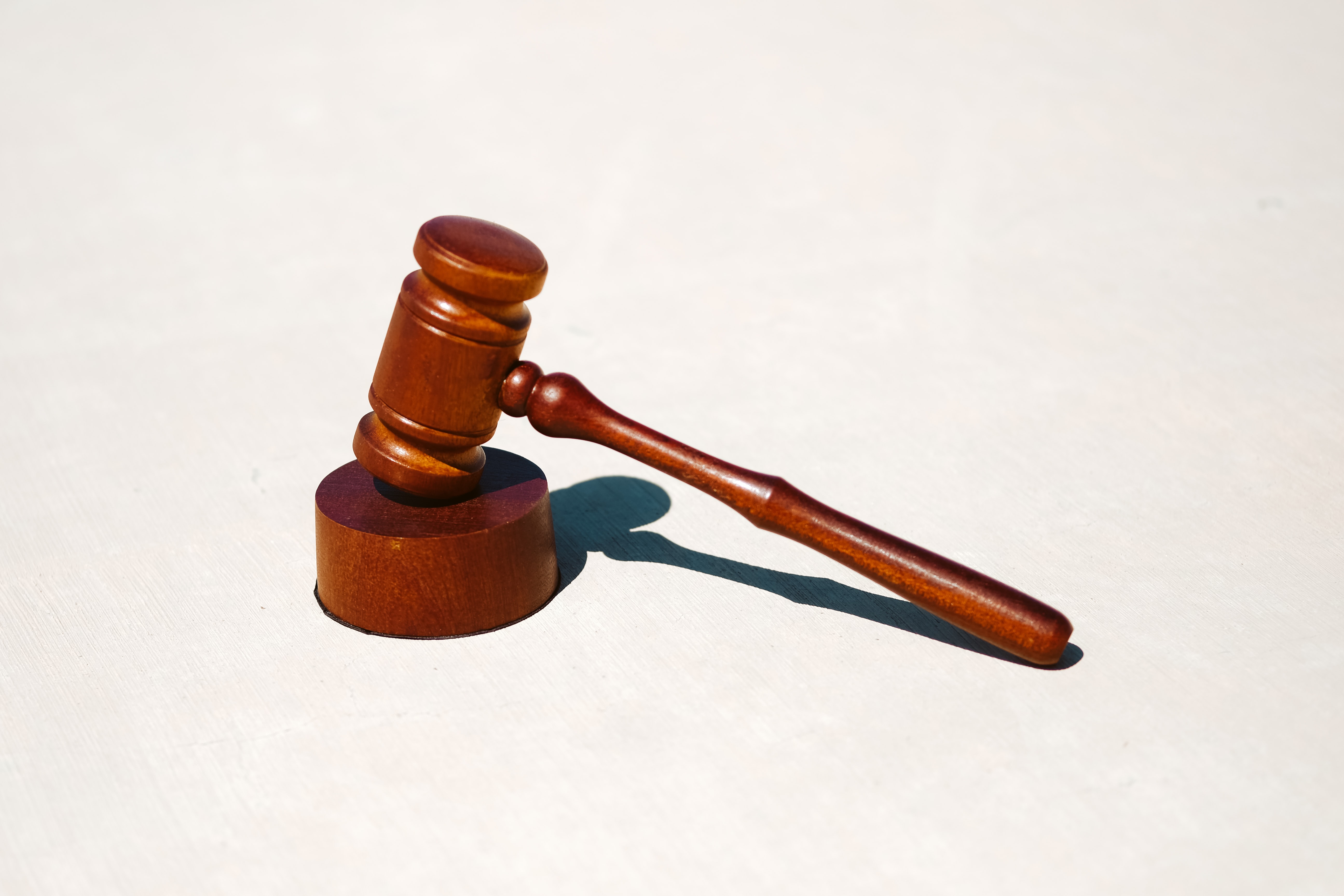The court determined that a lay person can make estimates about height and age.
The Superior Court of New Jersey, Appellate Division decided this case on December 14, 2020. The decision hinged on the Court’s accepting two witnesses’ opinion testimony as legally admissible evidence. Mr. Gerena was convicted of fourth-degree lewdness and second-degree sexual assault by contact, and appealed. The State had to prove that at least one of the victims was under the age of thirteen.
The Court has to follow the New Jersey Rules of Evidence to determine evidence admissibility. Evidence must be relevant and trustworthy for the Court to consider it. In legal terms, this means being admitted into evidence.
In this case, the witnesses provided opinion testimony concerning the age and heights of the children who observed the Defendant’s actions. According to the NJ Rules of evidence, “If a witness isn’t providing expert testimony, the testimony in the form of opinions or inferences may be admitted if it is rationally based on the witness’s perception and will assist in understanding the witness’s testimony or determining a fact in issue.” A trial judge has the discretion (power) to limit or exclude this testimony.
The witnesses, A.G. and another witness, Police Sergeant Gerardi, testified they saw Mr. Gerena expose himself in a public park. There were several children and a few parents there. Mr. Gerena was about 10 feet from the children, one witness was 25 feet from Mr. Gerena.
The witnesses provided estimates concerning the ages and heights of the victims at trial. The height estimates assisted with determining the age of the children. Sergeant Gerardi estimated that the children were three to thirteen years old. A.G. estimated that they were six to thirteen years old. Neither witness took pictures of the children, nor spoke with the parents. The height estimates were based on the perceived height of the children compared with the witnesses’ heights. For example, A.G. stated that she was about five feet, four inches tall. She remembered that the tallest child was the same height as she, and the shortest one would reach her hip. Sergeant Gerardi also compared the children’s height to his own. He was about five feet, eleven inches, and they reached from a little below his waist to his chest. In addition, he compared the children’s ages to his own kids.

Defense counsel objected to their testimony, arguing it was speculation not opinion. The Sergeant did not write this information in the police report. Neither one of the witnesses talked with the parents to find out with certainty the ages and heights of the children. In her summation, defense counsel argued the age of the child victims was an element of the crime. An element of a crime is one of a set of facts that must all be proven to convict a defendant of a crime. The state must prove each element of a crime beyond a reasonable doubt. The witnesses speculated the children’s ages bases on their height. However, defense counsel argued that the witnesses were not close enough to the children to estimate with sufficient accuracy.
The court determined that a lay person can make estimates about height and age. They stated that these determinations should be made on a case-by-case basis, and provided an eight-factor analysis. In addition, the testimony of the two witnesses were similar. This also lends itself to the evidence being trustworthy. The court upheld the conviction.
This case is quite important. The witnesses did not know with certainty the ages and heights of the children. They were merely observing, and making a guess. Even though their testimony was only a guess, the Court accepted this as evidence. This evidence proved an element of the crime, and Mr. Gerena was convicted. The opinion of a lay person can provide strong evidence to either side in a trial. In this case, the State employed the evidence in its favor, but there are certainly scenarios where the defense might do so. An experienced criminal defense attorney would evaluate each case, each witness, and potential strategies for using this type of evidence, as well as other types of evidence, and to challenge the State’s attempts to admit evidence.


Join the conversation!